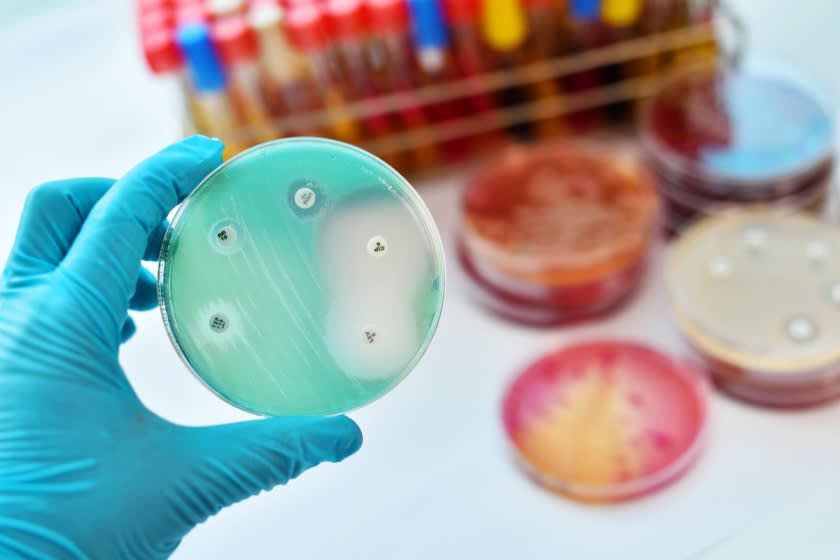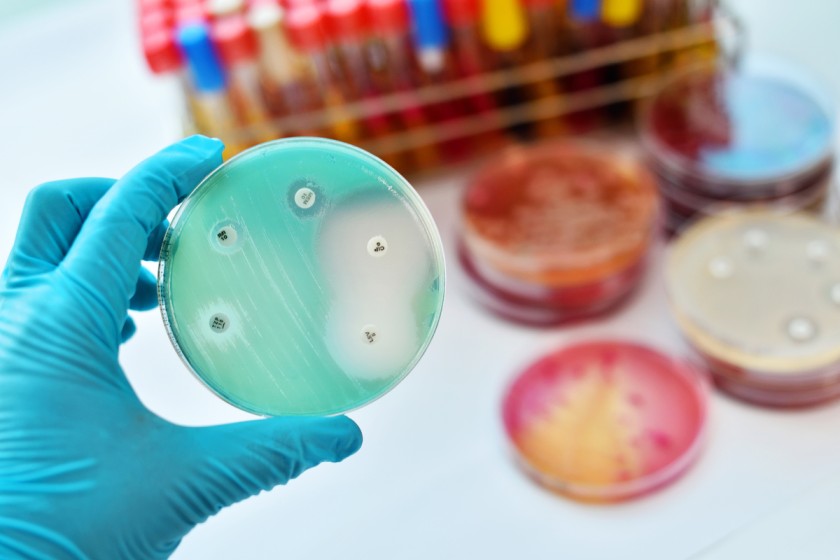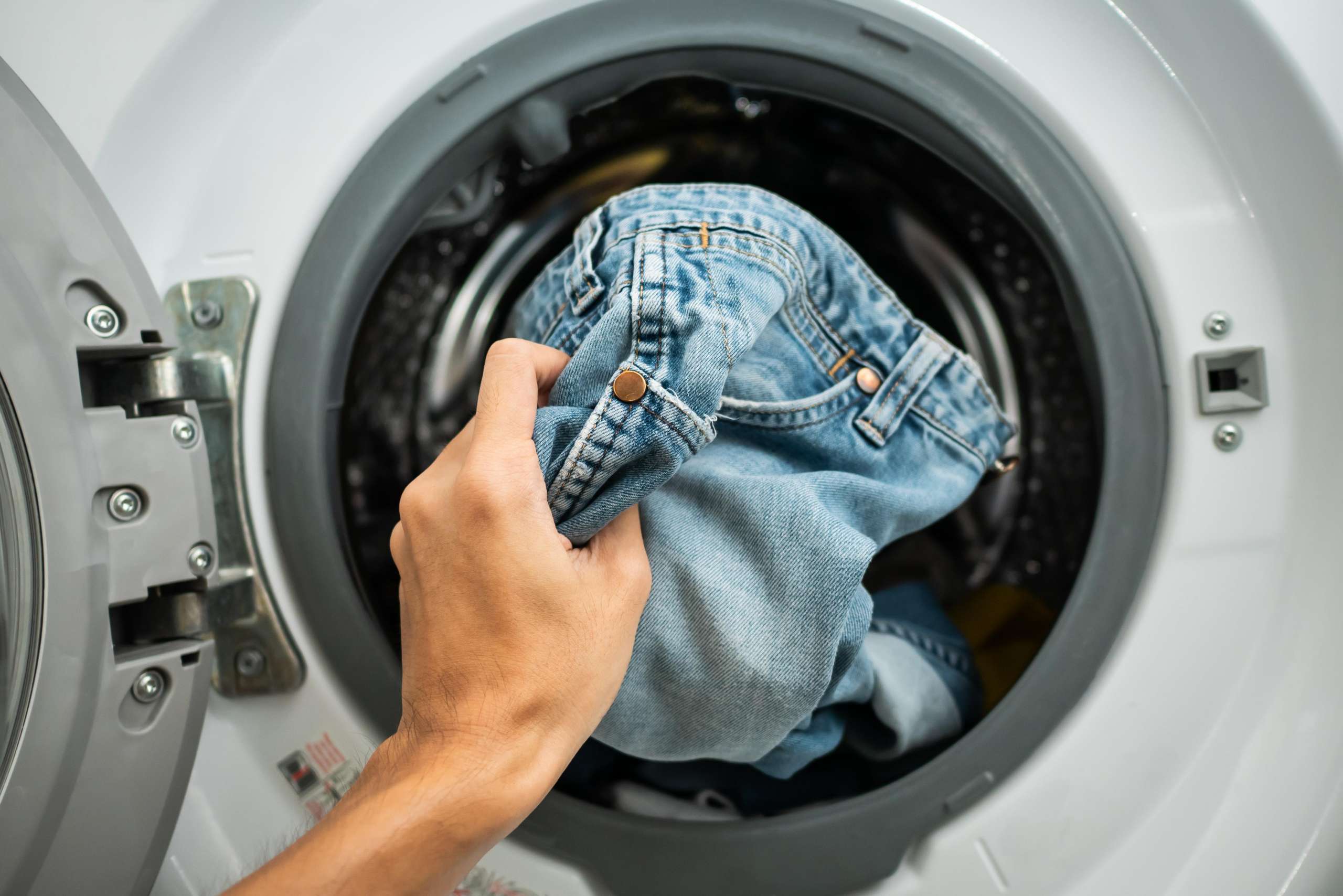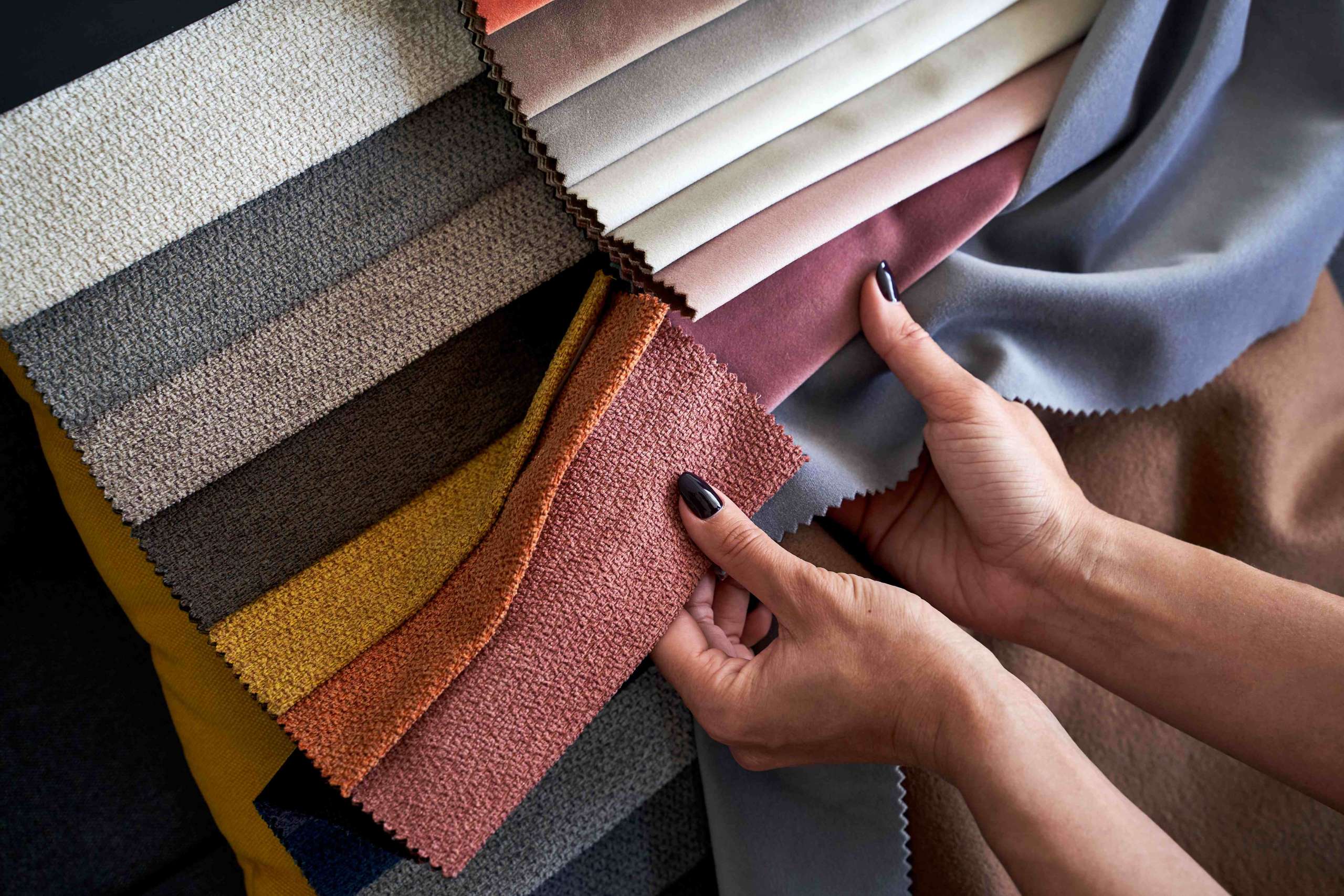Antimicrobial Fabrics: The Future of Textiles



After the COVID-19 pandemic hit, everyone around the world realized the importance of a healthy life. The focus has been shifted dramatically towards sanitation and personal hygiene. With increasing awareness among people, the textile industry is all set to raise the bar high. Keeping environmental hygiene in mind industries are welcoming antimicrobial fabrics which can help to slow down the spread of microorganisms.
According to ResearchAndMarket, the global antimicrobial trade is expected to grow at a CAGR of 5.4% between 2019-2025. This growth is attributed to the increasing demand for antimicrobial textiles from the medical industry. Countries like North America, the US, Canada, and Mexico account for the largest share in the antimicrobial textile market.
As demand for this fiber is increasing day by day around the globe. Here is more about antimicrobial fibers.
Demand in market
The healthcare industry is the biggest consumer of antimicrobial textiles. This fiber has been dominating the market with a rise in awareness among people on health and hygiene. It is used for packaging, transportation, construction, and medical purposes.
With improving lifestyles and more spending on health, antimicrobial textiles become the disposable economy of consumers.
Growing demand for antimicrobial sportswear and apparel is also a major reason for textiles turning towards this fiber.
Restraint
The availability and price of the raw materials play a crucial role in deciding the final price of antimicrobial textiles. The raw materials used for manufacturing these textiles include different types of cotton treated with antimicrobial agents such as copper, silver, zinc, quaternary ammonium compounds, and others. The prices of these materials depend on the market forces, these fluctuations may add to the cost of production. This can also affect the demand and supply which can be the restraining factor.
Challenges
Though antimicrobial textiles have many benefits, it has few challenges too. This fiber is used in several end-use industries laced with chemicals that can harm the environment as well as humans. These chemicals can also pollute the water bodies affecting aquatic life.
It can contaminate cultivation soil as well.

Opportunities
The researchers and manufacturers are showing keen interest in antimicrobial textiles due to their safety and quality purpose. As consumers are demanding better quality to support healthier lifestyles. This in turn provides new opportunities for product development and technological advancements for the growth of the antimicrobial textile market.



















